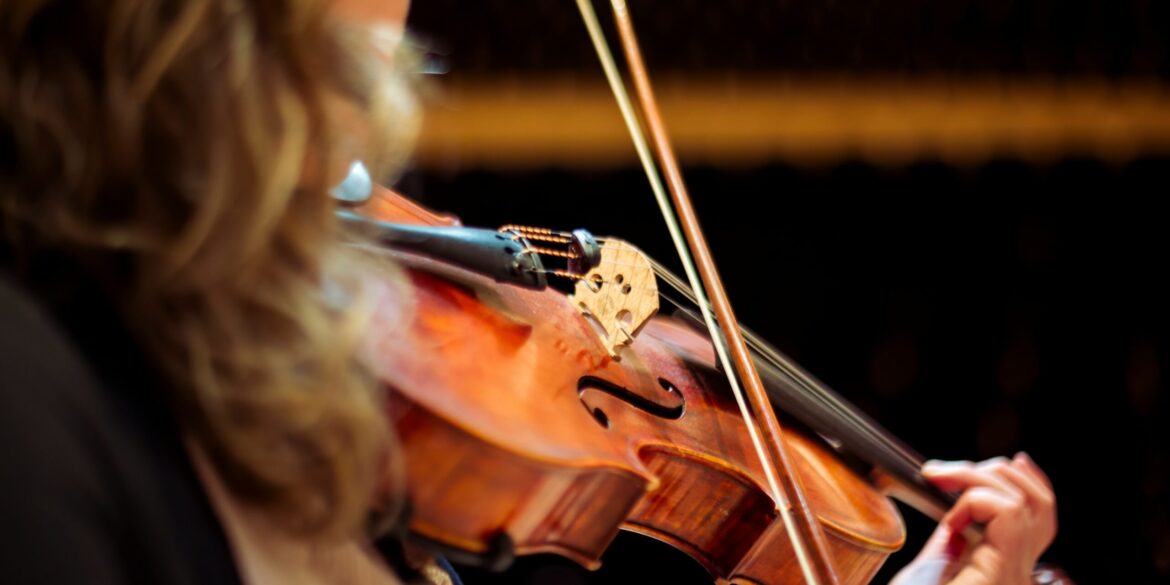On the evening of October 28, 2025, New York City’s iconic Carnegie Hall hosted a landmark performance featuring the London-based Philharmonia Orchestra, led by acclaimed American conductor Marin Alsop. The event was a celebration of cross-Atlantic artistic partnership, uniting British orchestral heritage with American musical leadership in one of the world’s most revered concert venues.
The program for the evening was carefully curated to blend dramatic flair with timeless appeal. It included Tchaikovsky’s emotionally charged *Romeo and Juliet Fantasy Overture*, alongside a selection of other symphonic staples chosen to honor both European romanticism and a global classical audience. The Philharmonia Orchestra, long celebrated for its precision and emotive range, delivered a performance that balanced technical mastery with interpretive richness—qualities that have defined its reputation on both sides of the Atlantic.
Marin Alsop’s appearance as conductor added particular resonance to the evening. As one of the most prominent American conductors on the international stage, Alsop is known not only for her dynamic conducting style but also for her advocacy of music education and diversity in classical music leadership. Her collaboration with the U.K.-based ensemble underscored the increasingly global nature of high-caliber classical performance, as well as the enduring relevance of seasoned conductors in drawing audiences to major concert halls.
See also: https://artisthighlight.com/june-15-2025-a-day-of-musical-milestones-and-memorable-performances/
Ticket sales for the event reflected strong demand, with Carnegie Hall reporting near-capacity attendance. According to organizers, the performance drew a diverse crowd ranging from classical music aficionados to first-time attendees, including a noticeable presence of younger concertgoers. This interest mirrors a broader trend noted by industry observers: a resurgence in live classical attendance as audiences seek out premium in-person cultural experiences in contrast to the digital saturation of the streaming age.
The success of this transatlantic musical event points to several evolving dynamics in the classical music world. First, orchestras and venues are increasingly pursuing collaborative presentations that bring together international ensembles and conductors, combining brand prestige with programming innovation. Such partnerships not only deepen cultural ties but also create programming that feels more relevant and exciting to contemporary audiences.
Second, the emphasis on heritage repertoire—like Tchaikovsky’s emotionally sweeping overture—paired with the global appeal of conductors like Alsop, demonstrates how institutions are balancing tradition with fresh perspective. This approach not only honors the classical canon but also enables its reinterpretation through new cultural and generational lenses. The Philharmonia Orchestra’s performance, under Alsop’s baton, offered precisely that blend: reverence for the source material, coupled with interpretive boldness and international flair.
For the artists involved, the evening offered more than just a concert—it served as a platform for creative exchange and audience connection in a city that has long stood at the crossroads of global culture. For Carnegie Hall, the event reaffirms its place as a gathering space for world-class performance and cross-cultural dialogue. And for the classical music community, it marked another moment in a season that continues to demonstrate the art form’s capacity to evolve while honoring its roots.
As orchestras and venues continue to navigate the balance between accessibility and artistic ambition, events like this provide a model for how classical music can thrive: through collaboration, high-caliber artistry, and a commitment to drawing audiences into the shared emotional experience that only live performance can offer.

